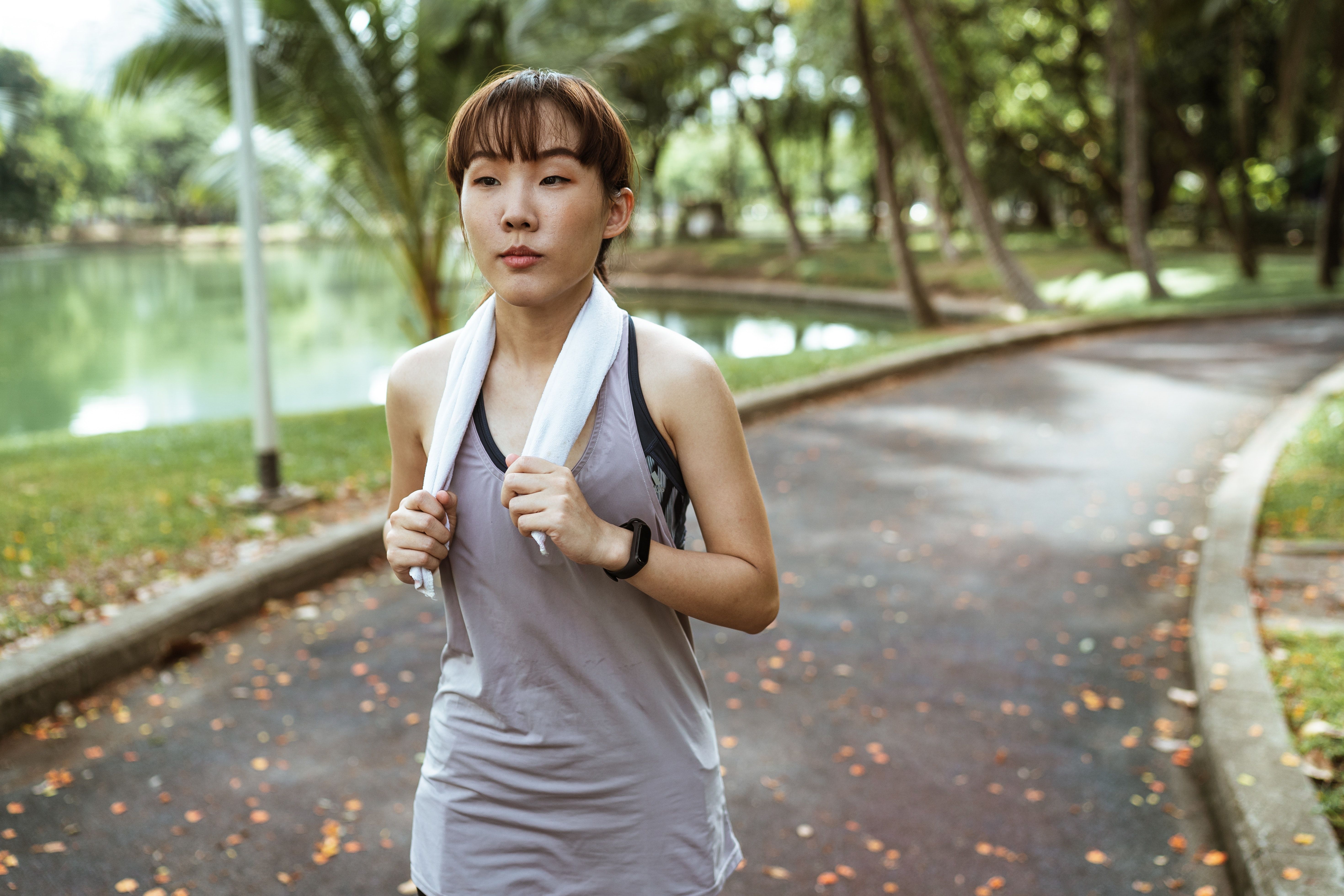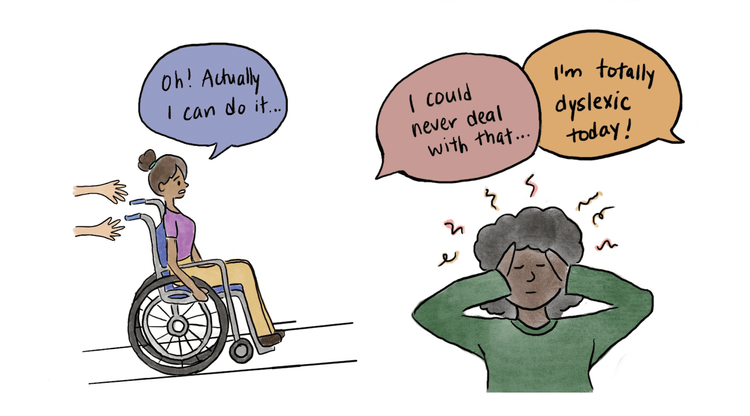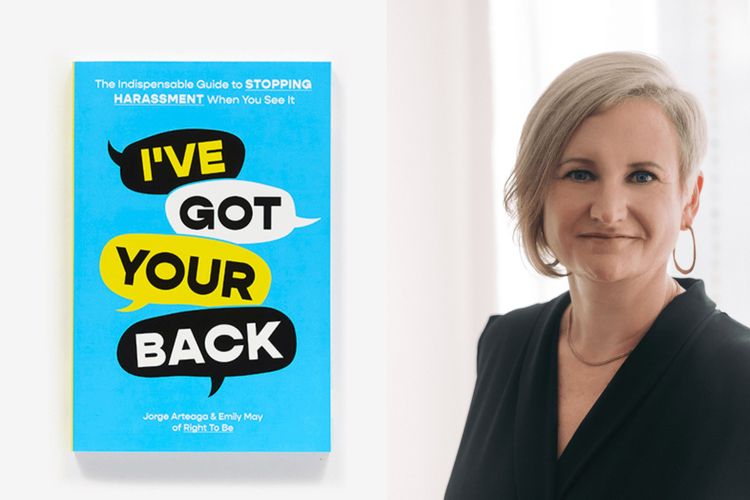
Oct 25, 2022, 1:00 am UTC
3 min
Created By
Under threat: Why racism-related vigilance matters now more than ever
Listen to this blog post
Walking alone down a street in New York, Toronto, Houston, or Vancouver today is an act of courage for many women, especially those who identify as Asian or Black. Racially motivated harassment and violence have surged during the COVID-19 pandemic, and they are taking a heavy toll on the mental health of racialized women.
Consider New York City, where there has been a troubling increase in reported hostility, harassment, and hate crimes toward Asians since early 2020. Being targeted as an Asian woman on the streets of New York isn't new, as Min Jin Lee, author of the best-selling novel Pachinko (now a hit TV series), pointed out in a recent opinion article. However, it is causing Asian American women to take extra — and sometimes dramatic — steps to stay safe in the time of COVID.
Lee ran an informal online poll to find out how anti-Asian racism was affecting women. She writes, "They stay home instead of going out, and when they do go out, they take only the safest routes, carrying pepper spray or personal safety alarms. They walk on city streets only while accompanied by friends and exercise during the day. They wear hats, try to look 'less Asian,' take taxis whether or not they can afford them. Some feel so threatened that they have nearly imprisoned themselves out of fear and distress."
What Lee describes is a form of coping known as racism-related vigilance, in which people alter how they look or speak, avoid certain social situations, or brace themselves to experience slurs or threats in public places. While this heightened state of vigilance might protect a person from an immediate threat, research shows that vigilant coping takes a toll on our minds and bodies. It may even fuel racial disparities in mental health.
What is vigilance?
Vigilance is an adaptive trait that developed to keep us safe from danger. When we feel threatened, nerve cells release chemicals that enhance our ability to focus on a threat and rapidly respond.
But vigilance is mentally demanding, and when it is constant, it actually undermines how the brain works and interferes with our ability to cope with everyday life experiences. People who regularly experience discrimination — including racism as well as sexism and discrimination based on sexual orientation — may become guarded, anticipating future acts of discrimination.
The concept of racism-related vigilance was initially used to describe the state of constant awareness that many Black Americans have developed. But it affects racialized people anywhere.
What's the connection between COVID-19 and racism-related vigilance?
A report on suffering and vigilance among Chinese Americans in New York City and California found that over half experienced some form of discrimination in 2021. Most were called racial slurs, received verbal threats, or were excluded from activities or events. Approximately eight out of 10 also reported high levels of race-related vigilance over the past year.
8 out of 10 Chinese Americans in New York City and California reported high levels of race-related vigilance in 2021.
When the researchers led by Qin Gao, a professor of social policy and social work at Columbia University, interviewed Chinese Americans, they heard things like, "I worry about being punched in the face or harassed," and "New York City became terrible. I'm very worried, so we hardly ever go out now. Racial discrimination has changed my daily life and activities."
How is racism-related vigilance measured?
David Williams is a public health professor at the T.H. Chan School of Public Health at Harvard University and a pioneer of research on discrimination and mental health. His research has shown that racism has a weathering effect that wears down the mind and body. That effect is due to the ongoing adversity of everyday discrimination and the heightened vigilance that comes with it.
Williams has developed various tools to help psychologists measure discrimination and its health effects, including a tool for measuring heightened vigilance. It includes questions like: how often do you prepare for insults, and how often do you try to avoid certain social situations and places?
Over the years, Williams has used this tool to examine the health effects of racism-related vigilance. For example, in a 2013 study, "Every shut eye, ain't sleep," Williams and a team of researchers showed that vigilance contributed to sleep problems among Black adults and accounted for disparities in sleep quality between White and Black adults. Given that sleep profoundly impacts our mood and other aspects of mental health, the research suggests that the impact of racism-related vigilance should not be ignored.
What do we know about vigilance, COVID-19, and mental health?
A study published in 2021 and led by David Chae, a public health professor at Tulane University, looked at whether racism-related vigilance explained the skyrocketing rates of depression and anxiety among Asian and Black adults in the United States during the COVID-19 pandemic.
Chae's team found that both Asian and Black participants were vigilant about being the target of racial discrimination during COVID-19. Specifically, 40% of Asian and 67% of Black participants reported experiencing at least one form of vigilance at least once a week.
During the COVID-19 pandemic, 40% of Asian and 67% of Black participants reported experiencing at least one form of vigilance at least once a week.
Their analysis also showed that vigilance was associated with symptoms of depression and anxiety among the participants, suggesting that the cost of mentally preparing to receive insults, threats, and unfair treatment is real.
The researchers call for additional research on the relationship between racism-related vigilance and common mental health conditions, including post-traumatic stress disorder, in other groups who face persistent discrimination.


